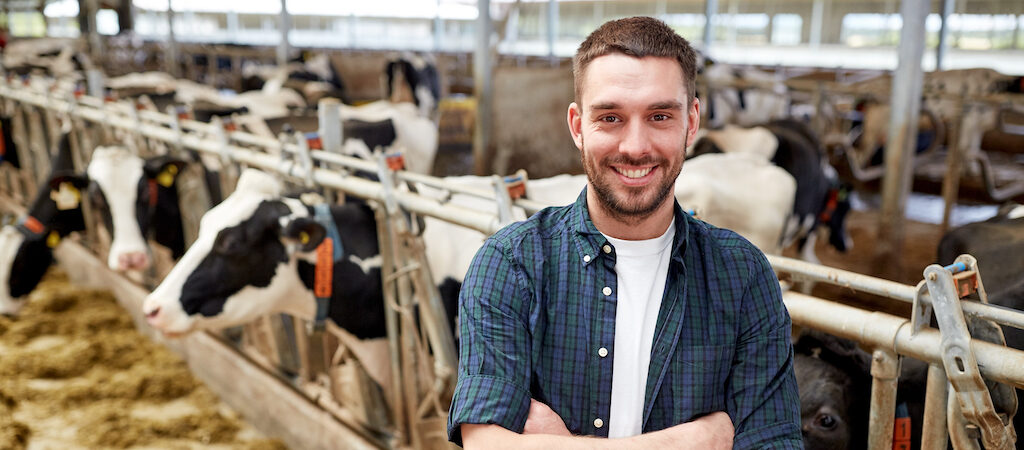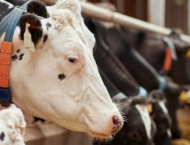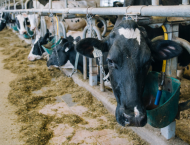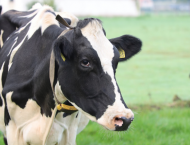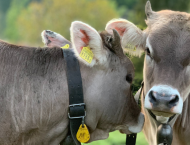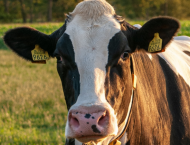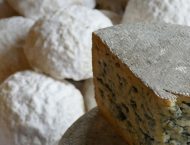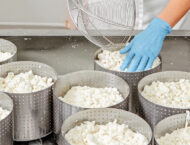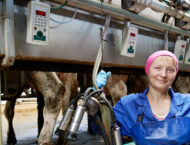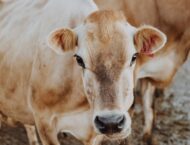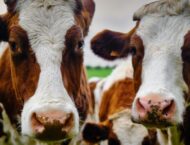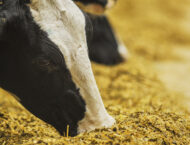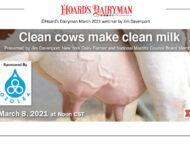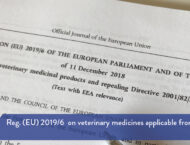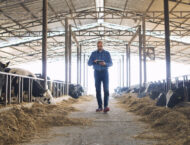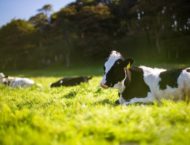Sustainability is a tough word for many of us dairy farmers. Actually, we should think over how much it has to deal with the global management of our business. The better the dairy farm is managed, more the benefit.
It does not depend exclusively on how much we spend for green solutions.
Thus, let’s talk about economic and environmental sustainability in dairy farming without mentioning it throughout the post. What actually we want first is to be capable and brave managers on our farms, making the best out of our herd. And avoid milk discards.
Milk losses in dairy production stem from different critical factors.
Production diseases generate important economic losses. Among them, mastitis is recognized as the most impactful in terms of costs, followed by uterine issues, lameness and metabolic disorders. In these cases, losses are due to withdrawal periods for veterinary treatments.
Do the cows always really need to be treated? As already discussed, 85% of mastitis cases do not need the use of antibiotics since they are not severe – but from mild to moderate.
Thus, if milk cultures tell us we do not need antibiotics, we can decide for other revolutionary and innovative options. And, even before, a good approach to herd management should include preventive measures and a disease management plan.
How to dispose of the milk rejected from the tank due to withdrawal periods? Feeding calves with this milk is not a good option.
This milk can affect the microbiota in calves, with a negative impact on their health. And, as assessed by EFSA in 2015, it will lead to increased faecal shedding of antimicrobial-resistant bacteria by calves.
We will have an effect of this practice when we apply the slurry or manure to soil: the impact of antibiotic residues would be on microbiological and chemical balance of the soil, with negative consequences on soil life and methane emissions.
But this is a story to be told next time.
Bulk tank rejections by processor can also occur and it is usually due to antibiotic residue contamination detected at the plant gate. In this case, not compliant milk must be destroyed under veterinary supervision. Also, this often leads to penalties for dairy farmers.
Thus, use antibiotics when really necessary and ideally test the milk after the withdrawal period to be sure it is compliant to law.
Infrastructure issues, such as from the filter, buffer tank and washing through the pipes after milking, can lead to milk loss. From spills, accidents caused by lapses in management, when transferring milk to the tanker, or during power cuts, as well. Implementing strict management routines along with the aid of alarms and modern filters in the parlor system can help us reduce these losses.
And what about GHG emissions? A study conducted on Scottish dairy farms1 showed a decrease by 0.6 and 3.1%, respectively, when milk losses from rejected milk and from farm infrastructure were reduced through improved management procedure and help from technology.
We implied “sustainability” throughout the post. Being a good manager on our dairy farms can really lead our business to be more sustainable for our animals, our profit, the environment, for the society.
Does it sound good?
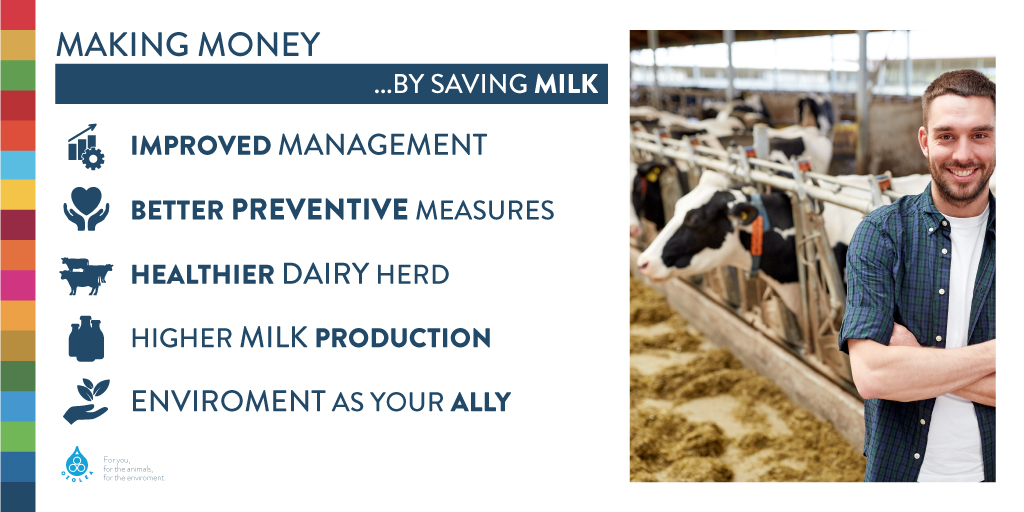
1March MD, Toma L, Thompson B and Haskell MJ (2019) Food Waste in Primary Production: Milk Loss With Mitigation Potentials. Front. Nutr. 6:173. doi: 10.3389/fnut.2019.00173

